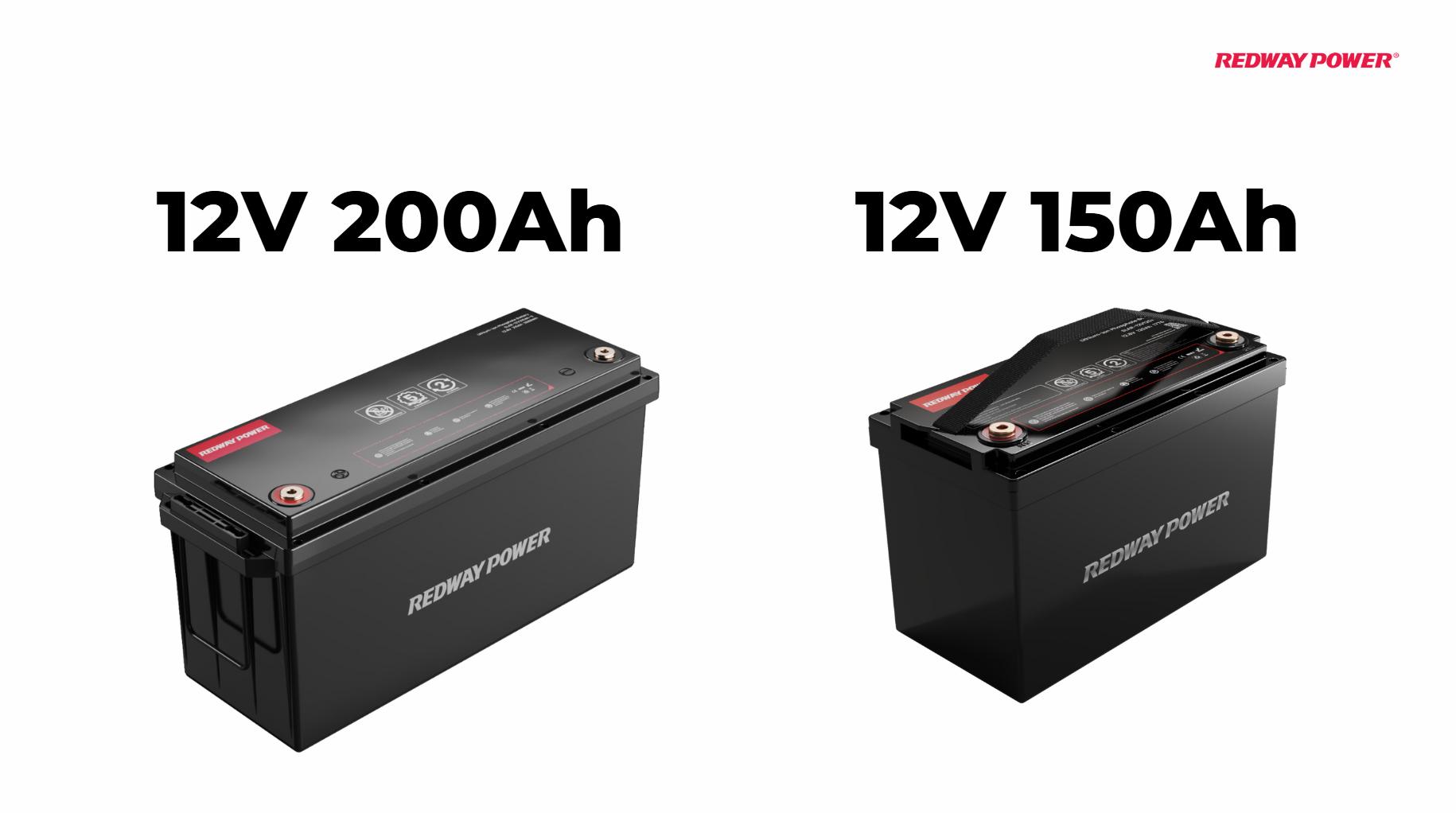Is Wall Mounted or Split AC Better?
Choosing between a wall-mounted and a split AC unit depends on your specific needs. Wall-mounted units are generally easier to install and maintain, while split AC systems offer better cooling efficiency and quieter operation. Both options have their advantages, making it essential to consider factors like room size, installation space, and budget.
Comparing Wall Mounted and Split AC Units
When deciding on an air conditioning solution, understanding the differences between wall-mounted and split AC systems is crucial. This article delves into the features, benefits, and drawbacks of each type to help you make an informed decision.
1. Overview of Wall Mounted AC Units
Wall-mounted AC units are compact systems that are installed directly on the wall. They are typically less expensive and easier to install compared to split systems.
Advantages of Wall Mounted AC Units:
- Cost-Effective: Generally more affordable in terms of both purchase price and installation.
- Easy Installation: Requires minimal modifications to your home.
- Space-Saving: Ideal for smaller rooms where floor space is limited.
Disadvantages of Wall Mounted AC Units:
- Limited Cooling Capacity: Best suited for smaller spaces.
- Noise Level: Can be noisier than split systems.
2. Overview of Split AC Units
Split AC systems consist of two main components: an indoor unit and an outdoor compressor. This design allows for more efficient cooling and quieter operation.
Advantages of Split AC Units:
- Higher Efficiency: More effective in cooling larger areas due to better airflow management.
- Quieter Operation: The compressor is located outside, reducing noise indoors.
- Aesthetic Appeal: Sleeker design that can blend seamlessly with home decor.
Disadvantages of Split AC Units:
- Higher Initial Cost: More expensive to purchase and install.
- Complex Installation: Requires professional installation due to the need for refrigerant lines.
3. Energy Efficiency Comparison
Energy efficiency is a critical factor when choosing between wall-mounted and split AC units. Split systems often have higher SEER (Seasonal Energy Efficiency Ratio) ratings, making them more energy-efficient over time.
Energy Efficiency Chart
| Type | Average SEER Rating | Energy Consumption (kWh) |
|---|---|---|
| Wall Mounted | 10 – 12 | 1,200 – 1,500 |
| Split AC | 15 – 20 | 800 – 1,200 |
4. Maintenance Considerations
Both types require regular maintenance, but the complexity differs:
- Wall Mounted Units: Easier access for filter cleaning but may require more frequent servicing.
- Split Systems: Require professional maintenance for the outdoor unit but typically need less frequent filter changes.
5. Cost Analysis
When evaluating costs, consider both initial investment and long-term operational expenses. While split systems have a higher upfront cost, their energy efficiency can lead to savings over time.
Cost Comparison Chart
| Type | Initial Cost (USD) | Average Monthly Bill (USD) |
|---|---|---|
| Wall Mounted | 300 – 600 | 100 – 150 |
| Split AC | 700 – 1,500 | 80 – 120 |
Latest News
- Recent studies indicate that homeowners are increasingly opting for energy-efficient cooling solutions as energy costs rise.
- Innovations in inverter technology have improved the performance of both wall-mounted and split AC units.
- Regulatory incentives are being introduced to encourage consumers to invest in energy-efficient appliances.
Redway Expert Comment
“At Redway Battery, we understand that choosing the right air conditioning system is essential for comfort and efficiency in homes. Our focus on high-quality lithium LiFePO4 batteries provides reliable power solutions that complement modern cooling technologies. We are committed to delivering innovative products that meet the evolving demands of our customers.”
Relation to Other Products from Redway Battery
AC Systems and Portable Power Stations
The relationship between air conditioning systems and portable power stations is significant in providing versatile energy solutions. While traditional AC units rely on grid power, portable power stations offer backup energy options during outages or in off-grid situations. We recommend our Redway Portable Power Station, designed with advanced lithium technology to deliver reliable energy storage solutions for various applications.
Top Competitors in Lithium Battery Solutions
When considering alternatives for lithium battery solutions, here are five notable competitors that offer similar products:
| Company Name | Product Type | Lithium Option Available |
|---|---|---|
| Redway Battery | Lithium Batteries | Yes |
| Jackery | Portable Power Stations | Yes |
| Goal Zero | Yeti Portable Power | Yes |
| Anker | Power Banks | Yes |
| EcoFlow | Delta Portable Power Station | Yes |
These companies provide competitive options in the market, catering to various applications while emphasizing the growing demand for reliable lithium battery technology.

